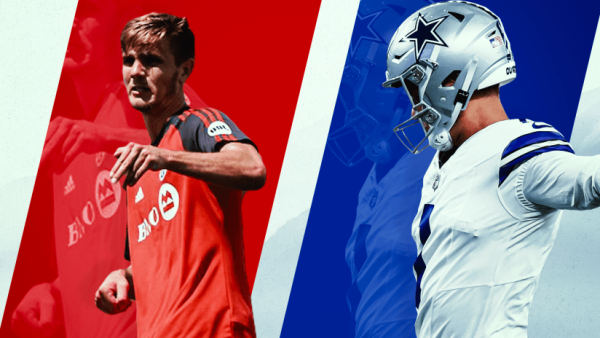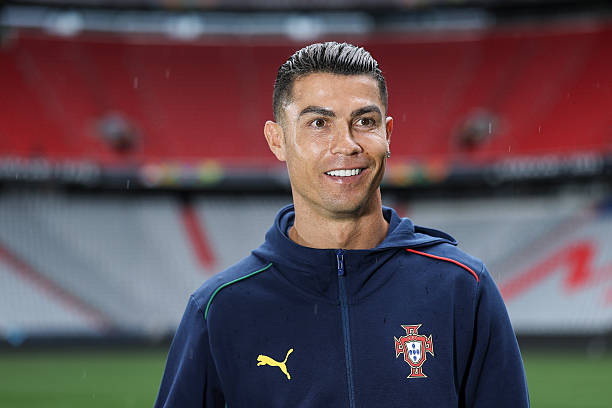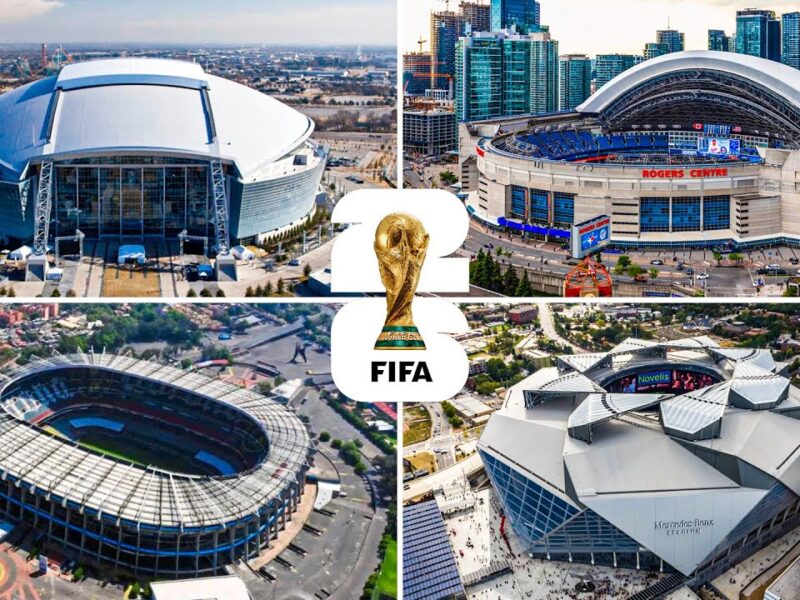There’s something hypnotic about watching a soccer player curl the perfect free kick into the top corner, or an NFL quarterback launch a 40-yard pass into a diving catch.
These are the moments that give us goosebumps, make us scream at our TVs, and convince kids everywhere to dream with a ball at their feet or in their hands.
While we argue over who’s more skilled, more athletic, more exciting, another question always bubbles beneath the surface.
The one that always raises eyebrows and fuels quiet curiosity.
Who gets paid more; soccer players or American football players?
You’d think there’d be a quick answer. One sport is a world religion; the other, an American obsession.
One has players earning half a billion in contracts and endorsements. The other has athletes with bodies built like armored tanks earning seven-figure salaries for careers that barely last a decade.
So let’s settle it.
Let’s take a slow, thoughtful walk through money, fame, business, and the brutal beauty of both games, and find out who’s cashing the bigger cheques.
Global vs. National Powerhouses

The NFL is a force of nature in the United States. It owns Sundays, hijacks Mondays, and has slowly crept into Thursdays with full authority.
The Super Bowl is not just a game, it’s a cultural event that stops the country. And with all that comes money. Lots of it.
Here’s the twist. Outside of North America, the NFL barely moves the needle. Meanwhile, soccer is the heartbeat of the world.
In Europe, Africa, Asia, South America, and the Middle East, soccer is the language of the streets. It’s religion, rebellion, rhythm, and royalty all rolled into one.
This difference in reach plays a massive role in determining where the money goes and how much of it ends up in a player’s bank account.
CHECK OUT | Best Places to Play Recreational Soccer Near You
Who Earns More at the Elite Level?
Let’s talk heavyweights.
Cristiano Ronaldo, in 2024, reportedly earned over $200 million, most of it not even from playing soccer but through endorsement deals, social media campaigns, and business ventures.
CR7 do not just kick a ball—he sells watches, cologne, hotels, health drinks, and hope.
Lionel Messi, with his soft feet and soft voice, made similar numbers. He has a lifetime deal with Adidas, a production company, and ownership stakes in ventures from Paris to Miami.
Even Kylian Mbappé, at only 25, commands more per week than some NFL veterans earn per year. His base salary alone has crossed $100 million annually, and that’s before sponsors and brand partnerships come calling.
Now compare that with the highest-paid NFL players.
Patrick Mahomes signed a 10-year, $450 million contract—huge, no doubt. But it includes incentives, clauses, and a structure built to protect the team. Lamar Jackson, Jalen Hurts, and Justin Herbert also signed massive deals, but again, not all of it is guaranteed.
And unlike soccer players, their brand income is largely domestic.
So at the very top, there’s no debate, global soccer superstars earn more than NFL megastars.
Who Gets Paid More Across the Board?
Here’s where things flip.
Let’s say you’re not Ronaldo. You’re not playing in Al Nassr or Madrid. You’re just a solid, professional soccer player grinding it out in Major League Soccer (MLS) or a mid-table club in Belgium or Brazil.
Your income might range from $70,000 to $400,000. That’s a respectable living, sure. However, it’s a far cry from superstardom.
Meanwhile, in the NFL, the rookie minimum salary in 2024 was around $750,000. The average player made over $2.5 million per year, even if they’re sitting second-string on the bench.
NFL players, even if they’re not famous, enjoy higher base salaries and stronger minimums than the vast majority of soccer players worldwide.
So, if you’re not part of the elite 1%, you’re likely better off financially in the NFL than in global soccer.
CHECK OUT | 7 of the Best Youth Soccer Clubs in Chicago, IL
Contract Structure
Soccer has something American football players can only dream of—guaranteed contracts.
When a soccer player signs a 2 to 4-year deal worth $100 million, barring serious breaches, they will earn every last cent. Whether they’re injured, underperforming, or benched, they get paid.
In the NFL, things are more complicated. Contracts are only partially guaranteed.
A player might sign for $100 million, but if only $40 million is guaranteed, the team can cut ties before the deal is fulfilled. It’s a tough business.
Brutal, even.
So while NFL players can earn a lot, their money is often tied to performance, roster status, and health.
In soccer, the check clears no matter what.
Who’s More Marketable?

This isn’t even close.
Soccer players dominate the world endorsement game. Ronaldo, Messi, Neymar, Mbappé; these names are brands in themselves. They show up in car ads, suit campaigns, cryptocurrency launches, and airline commercials.
They speak to audiences in Europe, Africa, Asia, and Latin America, not just one nation.
NFL stars are big names in the U.S., but rarely move the needle internationally. Mahomes and Brady have deals with Subway, Nike, or Gatorade, but mostly within the domestic market.
Soccer players have reach. Their faces are visible.
No helmets.
No padding.
Every goal celebration is a marketing moment. That kind of brand exposure translates to millions.
CHECK OUT | Europe’s 10 Best Soccer Camps for Youth Players in 2025
Games Played and Global Visibility
An NFL team plays 17 regular-season games and a handful of postseason games if they make it far.
Top soccer teams play 50 to 60 matches a year, across leagues, domestic cups, and European competitions. That’s three times as many chances to be seen, talked about, and celebrated.
More games mean more:
- Ticket sales
- TV broadcast revenue
- Merchandise
- Sponsorship activation
- Media buzz
The visibility of a Real Madrid striker is exponentially higher than that of a Miami Dolphins tight end. And in sports, visibility means value.
Who Builds More Legacy?
Soccer players often age like fine wine. Many play into their mid-to-late 30s. Some transition into coaching, ownership, or media on a global stage.
- David Beckham is now the owner of Inter Miami and a fashion icon.
- Zinedine Zidane coached Real Madrid to Champions League glory.
- Thierry Henry is a respected voice in global sports media.
NFL players have shorter careers. The physical toll is unforgiving. Post-career success is possible—just look at Peyton Manning or Michael Strahan, but it’s often more limited in scope.
Soccer players, thanks to their global fame, have longer runways to build businesses, brands, and legacies that span continents.
The Cultural Currency of Each Sport
This is hard to quantify, but crucial to understand.
The NFL owns the U.S.. There is nothing else like it here. The pageantry, the obsession, the fandom, it’s unmatched. But its reach ends at the borders.
Soccer, on the other hand, is everywhere.
From Tokyo to London, from São Paulo to New Delhi, from Madrid to Paris; soccer is the people’s sport. And with that comes a river of attention, loyalty, and cash.
That world love directly impacts how players are valued and paid.
CHECK OUT | Who Earn More Money: Soccer Players or Basketball Players?
Who Comes Out on Top?
Let’s break it down:
- Top soccer players earn more than top NFL players
- Average NFL players earn more than average soccer players globally
- Soccer players enjoy guaranteed contracts and more endorsement potential
- NFL players benefit from higher minimum salaries and structured league protections
- Soccer’s global reach gives it a bigger market and longer-lasting legacies
So who wins?
Soccer players win at the top. NFL players win in the middle.
It’s like comparing two mountains, one is steeper with higher peaks, the other is broader with more even ground.



